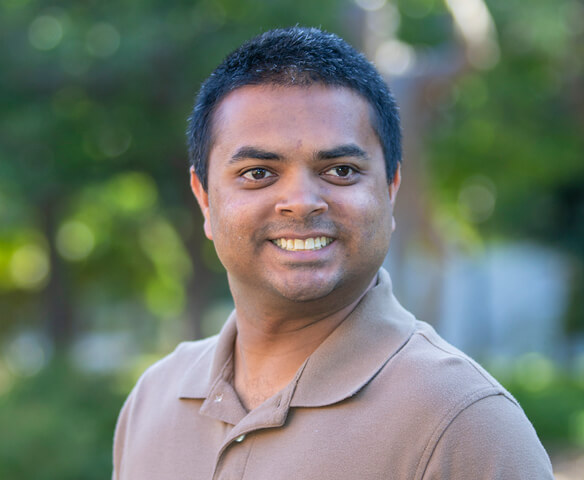



Previous Professional Appointments:
F.J. Lovas and M.K. Sprague, “Microwave spectral study of SO2–CO,” J. Mol. Spec., 2015, 316: 49–53, doi:10.1016/j.jms.2015.07.005
M.K. Sprague and K.K. Irikura, “Thermochemistry of HO2+HO2-->H2O4: Does HO2 dimerization affect laboratory studies?” J. Phys. Chem. A, 2015, 119 (27): 7052–7062, doi:10.1021/acs.jpca.5b04265
P.P. Hughes, A. Beasten, J.C. McComb, M.A. Coplan, M. al-Sheikhly, A.K. Thompson, R.E. Vest, M.K. Sprague, K.K. Irikura, and C.W. Clark, “High-resolution, vacuum-ultraviolet absorption spectrum of boron trifluoride,” J. Chem. Phys., 141, 194301 (2014), doi:10.1063/1.4901324
M.K. Sprague and K.K. Irikura, “Quantitative estimation of uncertainties from wavefunction diagnostics,” Theor. Chem. Acc., 2014, 133 (9): 1544, doi:10.1007/s00214-014-1544-z
M.K. Sprague, L.A. Mertens, H.N. Widgren, M. Okumura, S.P. Sander, and A.B. McCoy, “Cavity ringdown spectroscopy of the hydroxy-methyl-peroxy radical,” J. Phys. Chem. A, 2013, 117 (39): 10006–10017, doi:10.1021/jp400390y
M.K. Sprague, E.R. Garland, A.K. Mollner, C. Bloss, B.D. Bean, M.L. Weichman, L.A. Mertens, M. Okumura, and S.P. Sander, “Kinetics of n-butoxy and 2-pentoxy isomerization and detection of primary products by infrared cavity ringdown spectroscopy,” J. Phys. Chem. A, 2012, 116 (24): 6327–6340, doi:10.1021/jp212136r
A.K. Mollner, S. Valluvadasan, L. Feng, M.K. Sprague, M. Okumura, D.B. Milligan, W.J. Bloss, S.P. Sander, P.T. Martien, R.A. Harley, A.B. McCoy, and W.P.L. Carter, “Rate of gas phase association of hydroxyl radical and nitrogen dioxide,” Science 330 (2010): 646–649, doi:10.1126/science.1193030
A.B. McCoy, M.K. Sprague, and M. Okumura, “The role of torsion/torsion coupling in the vibrational spectrum of cis-cis HOONO,” J. Phys. Chem. A, 2010, 114 (3): 1324–1333, doi:10.1021/jp905731h
P.M. Dentinger, B.A. Simmons, E. Cruz, and M. Sprague “DNA-mediated delivery of lipophilic molecules via hybridization to DNA-based vesicular aggregates,” Langmuir, 2006, 22 (7), 2935–2937, doi:10.1021/la053005o